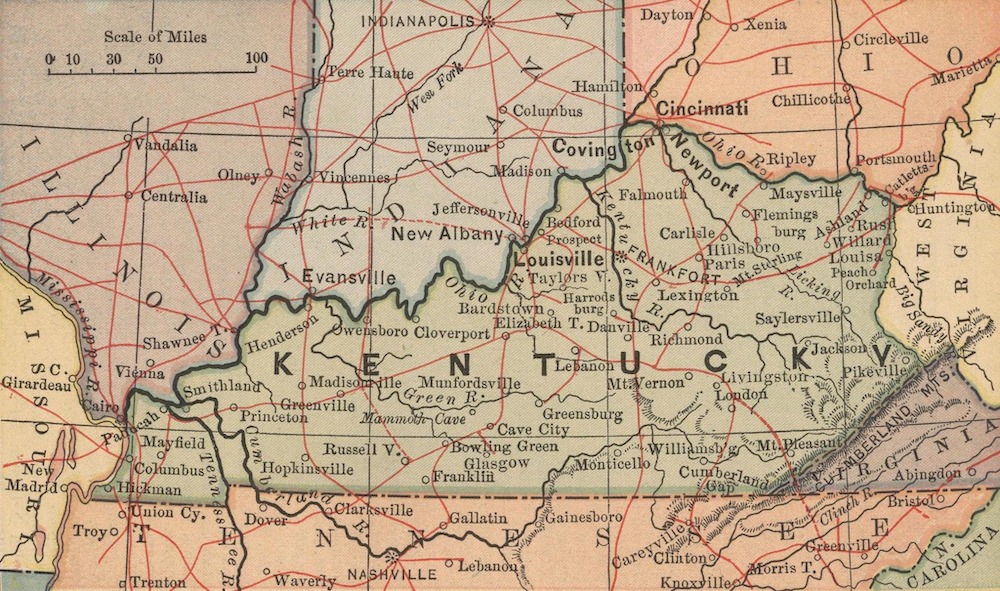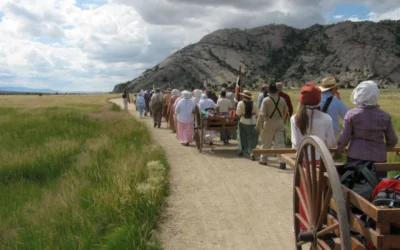Migration to the British Colonies was a Long Journey
Between 1718 and 1774, over 250,000 Scots-Irish migrated to North America from Ireland. These Irish citizens had many reasons for their migration as we will learn in this video short. Like other immigrants, the decision was not taken lightly. But for many, this Colonial contract was a good deal.
Most would never see their family again and few knew what their fortune would hold in Colonial America. The United States had not declared its independence yet, and no one knew a war was ahead of them. In her Where Did They Come From: Irish Migration Routes talk, genealogist Pamela Guye-Holland discussed the main reasons the Scots-Irish fled their homeland of Ireland.
Note: Members can watch the entire session by logging into the Member Portal in the Learning menu.
Video Transcript
You should think about the types of immigration. There were always those who left freely or of their own accord or by their own means. And this especially applies to the Scots-Irish and to many of the chain migration immigrants. And in the seventeen hundreds, you may find indentured servants, and these were usually during the Colonial Period in the US.
Willing to Serve as An Indentured Servant
We think of them as almost a type of slavery these days, but many actually undertook this willingly or were kind of like forced into it due to poverty.
However, it was actually a way to better yourself. Often after they served their indenture of maybe four to seven years, sometimes they were given land. They were usually given clothes. They may have been able to leave with tools. Many left with savings and skills. They had learned skills while they were indentured servants often. And it was a way of learning the ropes in the new land and getting a good start.
Some Scots-Irish Immigrants Given Help
We need to think about that some immigrants were assisted. So Irish landlords and other agencies sometimes helped immigrants to settle in Canada and later some paid for passages to Quebec and New Brunswick, and also New York and other parts of the US.
You may have heard of landlords trying to clear their land and forcing their tenants to immigrate. There are some bad examples of this, but there are good examples of landlords who help their tenants too.
Some Were Transported, Others were Convicts
Now, before the [US] Revolution, you will see some Irish who were transported. Many of these were convicts and they were sent to Virginia and Maryland primarily, but after 1775, usually these people were sent to Australia. So they’re not really people that we in the US or North America are concerned with.
Some Scots-Irish Military Men Were Given Land
Now if your Irish ancestor served in the English military, he may have been granted land or retired overseas. This was primarily in Canada and then later in Australia and New Zealand.
What Were the Main Irish Ports?
Now remember, there can always be exceptions, but these are generally felt to be the most prominent ports. So if we start in the north, there is Londonderry [Derry] and Belfast and Ulster. And these were the main ports used by the Scots-Irish when they left in the seventeen hundreds.
And then if we moved down along the east coast, there were the ports of Belfast, Newry, Dundalk, Drogheda, Dublin, New Ross, and Waterford. To the west, we see Donegal, Sligo, Galway, Limerick and Tralee.
References



